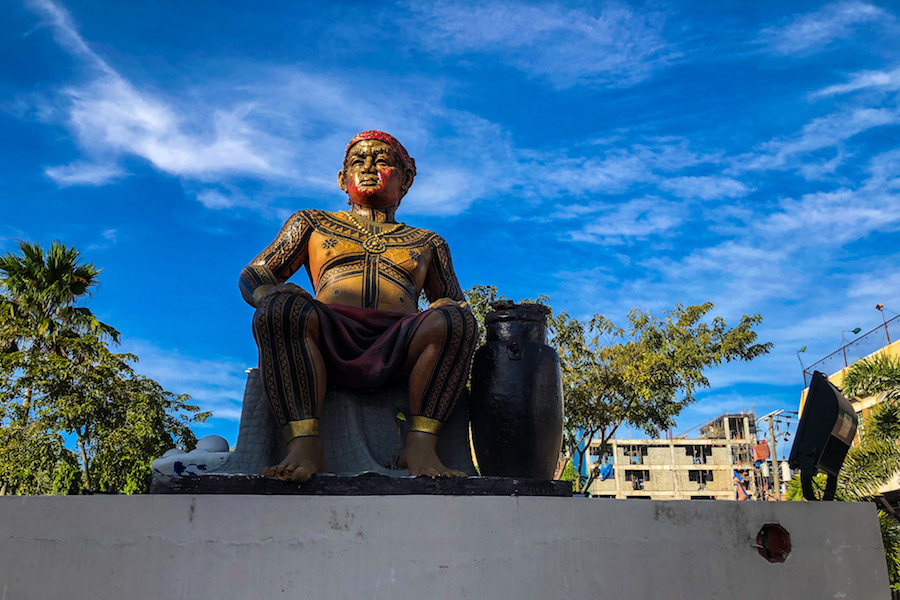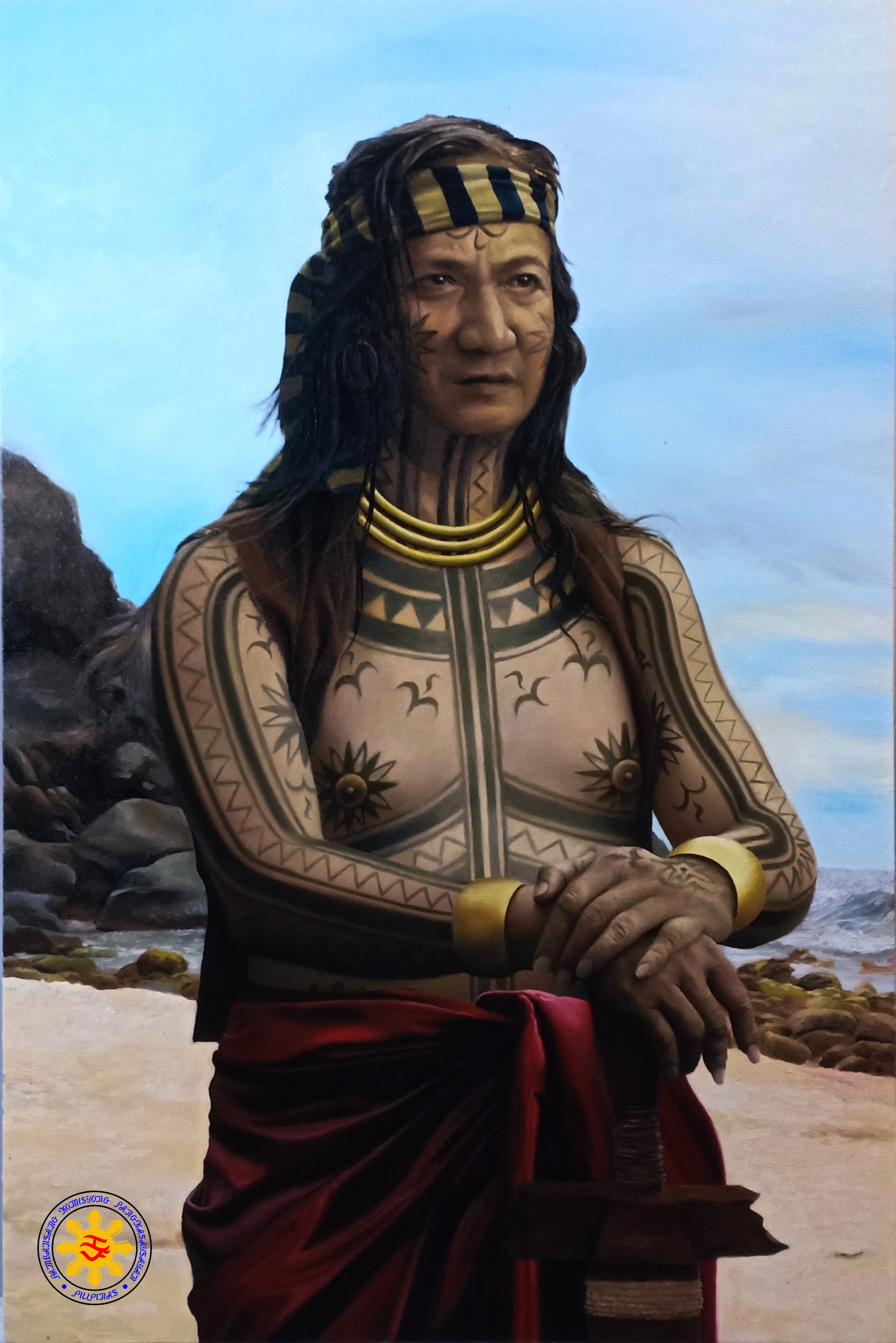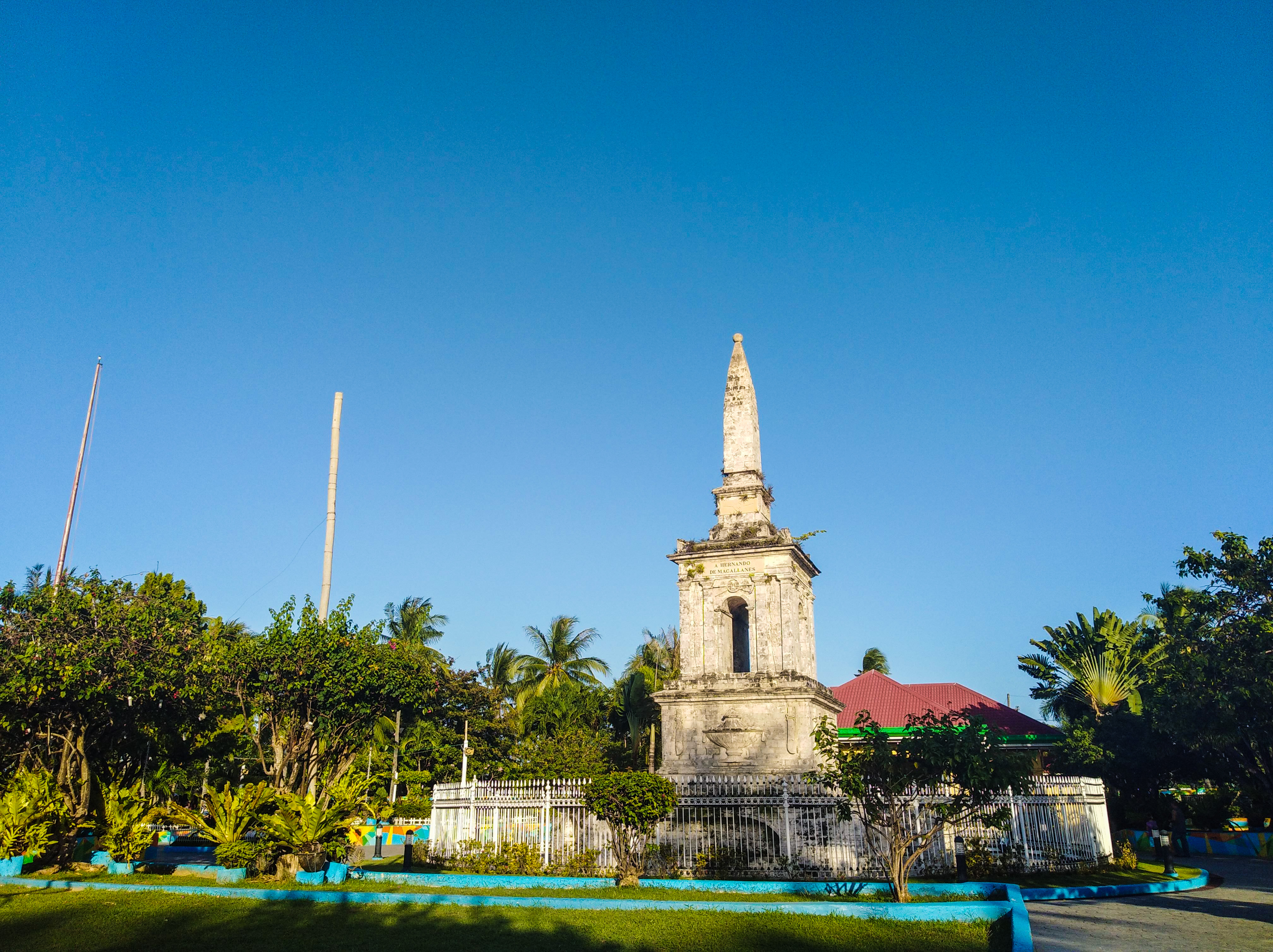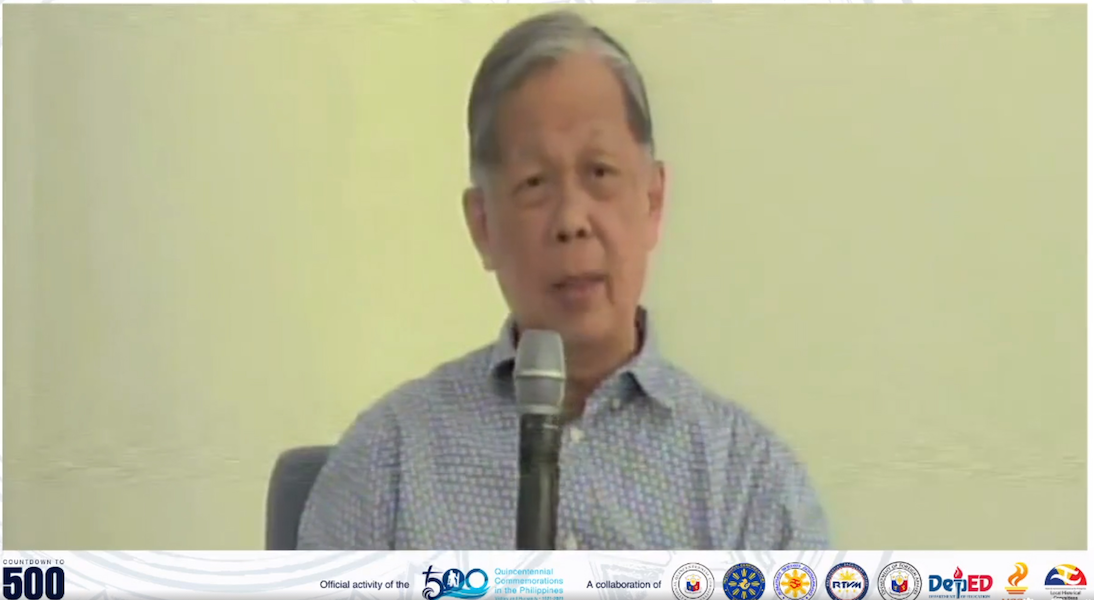Lapulapu was ready to submit to Spain, but local politics got in the way
Five hundred years ago on this day, a Portuguese nobleman who sailed under the Spanish flag and commanded five ships for a commercial voyage in what is history’s most extraordinary white knuckle sea voyage was killed in Mactan after being entangled in local politics.
But the death of Ferdinand Magellan was an avoidable outcome after he dipped his toes in what US historian Laurence Bergreen called an “unnecessary war.”
Days before the fateful Battle of Mactan, Lapulapu told Magellan he was ready to submit to the King of Spain but not to Humabon, historian and National Artist Dr. Resil Mojares said in an online lecture on April 26.
The Battle of Mactan, which the country commemorates its 500th year today, broke out because Magellan stepped into an ongoing feud between Humabon and Lapulapu over control of the Mactan Channel, Mojares said.

Visayan society at the time of the Spaniards’ arrival in Cebu consisted of chiefdoms, which are unlike the monarchies in Europe. Chiefdoms consisted of communities led by a chief that are then linked with other chiefdoms. It was characterized by shifting alliances.
Magellan radically disrupted local politics when he named Humabon his surrogate and the local sovereign to whom other chiefs must submit.
Mojares, quoting other accounts of the expeditions, said Juan Sebastian Elcano described Lapulapu as unwilling to submit to Humabon, “one whom he had been commanding for so long a time,” (After Magellan’s death, it was Elcano who took command of the ship Victoria in the return trip to Spain.)
Filipino historian Danilo Madrid Gerona said in his book “Ferdinand Magellan: The Armada de Maluco and the European Discovery of the Philippines” that “Magellan’s coming to Cebu gave Humabon the opportunity to finally decide the issue between him and Lapulapu.”
Gerona said that the bond between Magellan and Humabon was strengthened with a sandugo or blood pact, an alliance that was further sealed with Humabon’s baptism.
“Magellan’s sympathy with Humabon dovetailed not only with the consequence of a formalized treaty of blood brotherhood but also of colonial interests in reducing to submission, if not eliminate, Lapulapu who stood on the way of their shared commercial and political opportunities,” Gerona wrote.

This painting of Lapulapu was made by Bulacan artist Carlo Caacbay and was released by the National Historical Commission of the Philippines as part of the Quincentennial commemoration. It departs from the popular depiction of Lapulapu as a muscular young warrior and hews to Dr. Gerona’s findings of the chieftain as an old man
But why was Magellan, who was tasked to lead a commercial mission to find a Western route to the Spice Islands, interfering in Cebu? Mojares said that even before the armada left Spain, there was a secret agreement between the King of Spain Charles V and Magellan that whatever lands the latter would discover and claim for Spain would be given to him to oversee as reward. Other accounts indicated that Magellan’s package of incentives also included a monopoly on the newly discovered route, a portion of the profits, and conferment of a Spanish noble title.
That questionable foray in Cebu was also in the mind of many of Magellan’s men, and Mojares said that was the reason why many of his professional soldiers did not join the April 27 attack on Mactan. He said the soldiers could not understand why they were staying long in Cebu when it was supposed to be just a provisioning stop on their way to the Spice Islands.
Magellan, instead, fought with a motley crew of stewards and cabin boys.
Gerona said that aside from flaunting their military superiority, Magellan’s motivation for waging war may have also been driven by religious purposes or what is called Buen Guerra, or righteous war.
But more than a fight that the Spaniards lost, the Battle of Mactan was an encounter that Lapulapu and Mactan warriors won through superior tactics, Mojares said.
The encounter was unusual for a pre-Hispanic Visayan society because it was a “large-scale frontal pitched battle,” said Mojares. The typical warfare in early Visayan societies was raiding or pangayaw, which was staged from the sea and “carried out for slave and booty or to exact revenge, weaken a rival, attract allies, and expand one's sphere of influence.”
The typical response of a settlement being attacked by a superior force was “flight rather than confrontation.” Mojares said lives were more valuable than land, which was abundant, and possessions, which were portable.

“Houses of light materials could easily be rebuilt after the raiders withdraw,” he said.
That was, in fact, what the Mactan residents did when the Spaniards raided the settlement of Bulaia, the present-day Barangay Buaya, days before the fateful Battle of Mactan. They fled as the Spaniards burned down their houses.
But in the April 27 attack, Lapulapu and his men may have found themselves out of options. Diplomacy was no longer an avenue since Magellan had already chosen Humabon. It was also hard to flee Mactan because it was an island.
The Mactan warriors fought in a skirmishing style that Mojares said was perfectly described by the original name of the Battle of Mactan festivities “Bahug-Bahug sa Mactan,” which uses the Cebuano word for melee or free-for-all.
The Mactan warriors outfought the Spaniards with superior tactics and because they adapted to the conditions of battle better than Magellan and his men did.

“One wonders whether Lapulapu would have resisted if Magellan had chosen him as an ally instead of Humabon,” Mojares said.
But where was Lapulapu? What was he doing during the battle?
“Owing to his advanced age, Lapulapu was probably directing his men from a safer location, which explains why all the accounts providing brief details on the battle were silent about his role,” Gerona said.
By looking at events 500 years ago through the lens of alliance building, one would understand why Humabon and his subjects were quick to convert to Christianity, Mojares said. They saw it as winning a new and powerful ally.
The Euro-centric accounts of the battle do not give credit to Lapulapu and his men. Mojares cited biographer Stefan Zweig who wrote about how “Magellan was slain in a petty skirmish with a horde of naked islanders.” In his book on Magellan, Zweig said the explorer “was felled by a ludicrous human insect named Silapulapu.”

The recognition of Lapulapu only came after the Spanish rule ended. His first statue in Mactan was only put up in 1933 in what was then the town of Opon.
That statue is part of local folklore because it depicted Lapulapu carrying a bow and arrow facing the old municipal hall. Three mayors died in office, one after the other shortly after it was put up and people blamed the Lapulapu statue. When Mayor Mariano Dimataga assumed as Opon chief executive in 1938, he had the bow and arrow taken away and replaced with a staff and bolo. Dimataga remained Opon mayor for the next 30 years, serving as the first city mayor when the town became Lapu-Lapu City in 1961.
(with Bim Santos)



